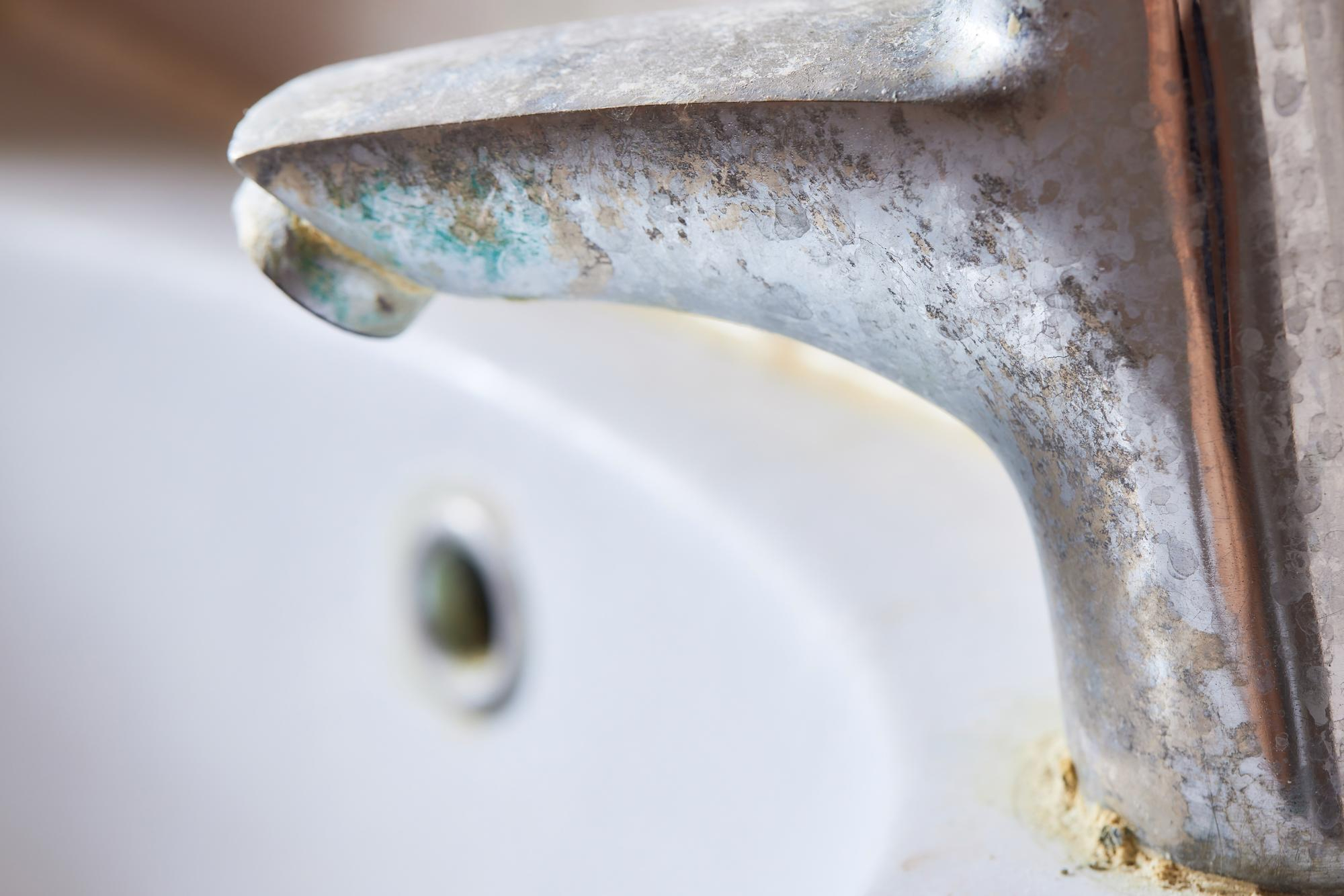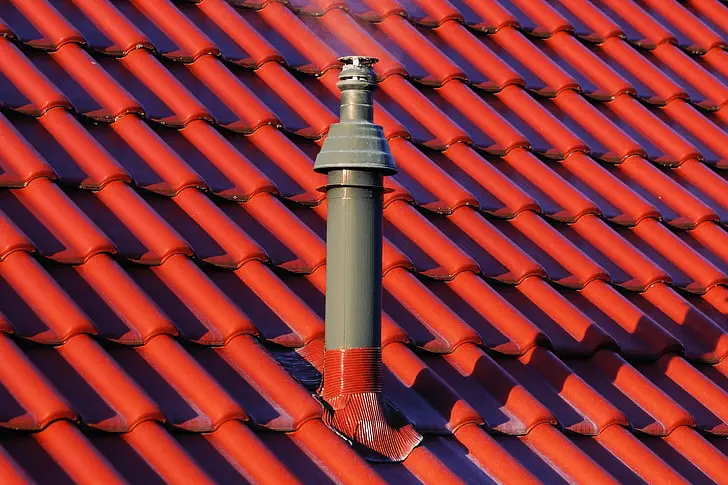
Have you ever had water draining way too slowly, weird gurgling noises coming from your drains, or even unpleasant smells in your bathroom?
You might think it’s just a clogged drain. But, actually, the real problem could be your sewer vent pipe.
Most people don’t even know this part of their plumbing system exists until something goes wrong. That little pipe plays a big role in keeping everything flowing smoothly.
Let’s break it down and talk about what it does, how to spot a problem, and what to do when things go sideways.
What is a Sewer Vent Pipe?
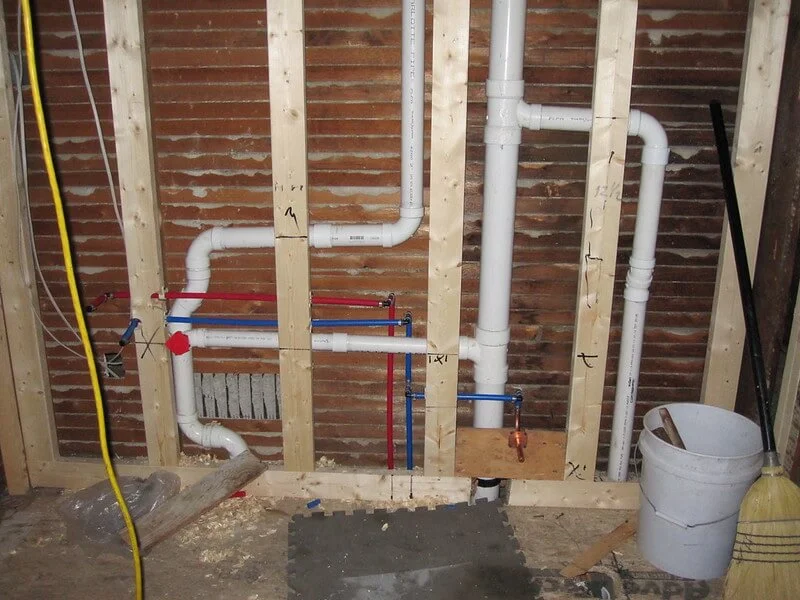
Source: Flickr
A sewer vent pipe (also called a plumbing vent pipe) is the part of your home’s drainage system that doesn’t deal with water directly.
Instead, it helps regulate air pressure in the plumbing so that waste and water can flow freely through your pipes. Without it, your drains wouldn’t work properly, leading to issues like slow draining sinks or even water backing up.
The vent pipe usually runs through your walls and up to your roof, allowing gases and air to escape safely outside.
Sewer vent pipe is not something you see every day, but it’s definitely something you’ll notice when it’s not working right!
Benefits of Using Plumbing Vent Pipes
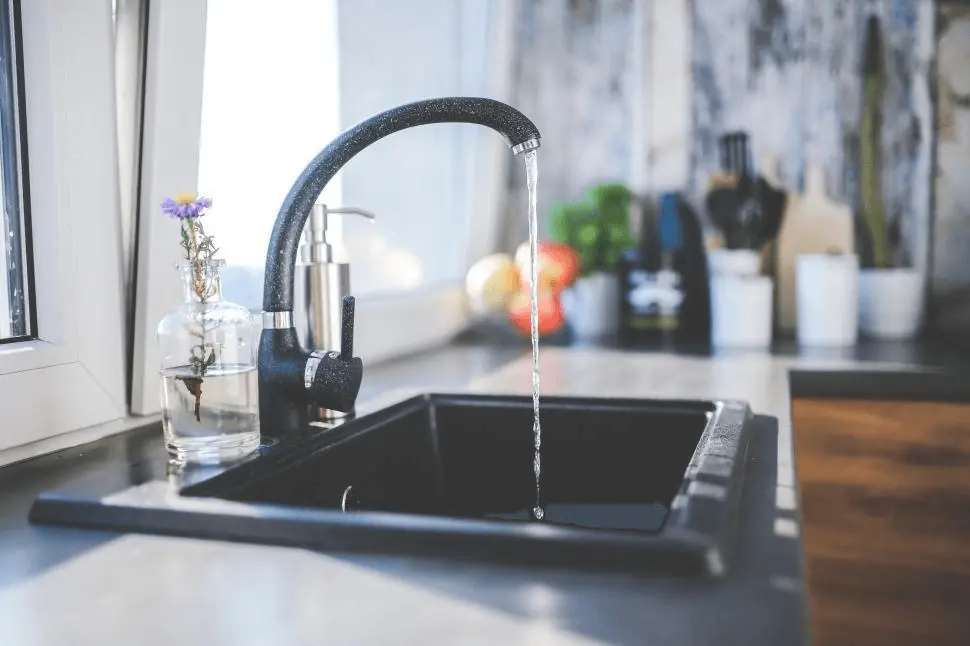
Source: Freerange
Plumbing vent pipes are an important part of your home’s plumbing system. They do a lot more than just look good.
Here are some of the main benefits of having well-installed plumbing vent pipes:
- Prevents Drainage Problems:
Vent pipes let air into the plumbing system. This helps keep the right pressure in the pipes, which is important for water to flow smoothly. When air can enter, it reduces the chances of slow drainage or backups in sinks, toilets, and showers. - Eliminates Bad Smells:
Sometimes, plumbing can bring in nasty smells from gases like methane. A working vent pipe helps push these gases outside, keeping your home smelling fresh and clean. This is important for your comfort and health. - Keeps Water Safe:
Vent pipes help make sure that water flows well through the system. This keeps bad gases and germs from getting into your water supply, ensuring that the water you use is safe for drinking and cleaning. - Reduces Noise:
If you hear gurgling sounds from your pipes, it could be because the air is trapped. Vent pipes help release that air, which reduces those annoying noises. This can make your home feel quieter. - Helps Your Plumbing Last Longer:
A plumbing system with good venting is less likely to have problems that need expensive repairs. By allowing proper drainage and airflow, vent pipes can help your plumbing system last longer, saving you money in the long run.
Types of Plumbing Vents
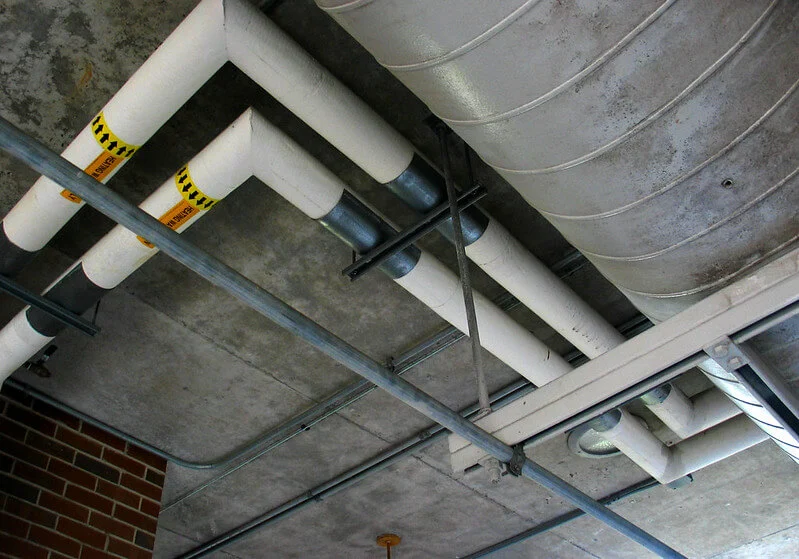
Source: Flickr
Now that you know the benefits, you also need to learn different types of plumbing vents. Each type has its own uniqueness and uses. Let’s learn what they do:
- Main Vent (Primary Stack)
The main vent is a large pipe that goes straight up through your house and out the roof. It’s the main way for air to enter the plumbing system. This vent is very important for preventing pressure build-up and making sure wastewater drains properly. - Branch Vent
Branch vents connect to the main vent and are used for smaller fixtures like sinks and toilets. They help provide extra airflow for these fixtures, making sure they drain well and work correctly. - Air Admittance Valve (AAV)
An AAV is a special valve that lets air into the plumbing system without needing a pipe that goes outside. These valves are useful when a regular vent pipe isn’t possible like in some remodels. They help keep air pressure right while keeping bad smells out of your home. - Vent Stack
A vent stack is a pipe that runs up and helps ventilate certain fixtures. It connects to the main vent and helps ensure air flow in multi-story homes, making sure all floors have good ventilation. - Soil Stack
The soil stack carries waste from your home to the main sewer line. While its main job is to move waste, it also lets air in, helping prevent pressure problems. - Revent Pipe
A revent pipe connects a fixture to the vent stack. It allows air to flow into the drainage system from that fixture, helping to keep everything working well. - Wet Vent
A wet vent is a setup where a drain line also acts as a vent. This is often used in bathrooms where multiple fixtures, like a sink and toilet, are close together. It can make plumbing easier and reduce the amount of pipes needed.
FAQ About Sewer Vent Pipe
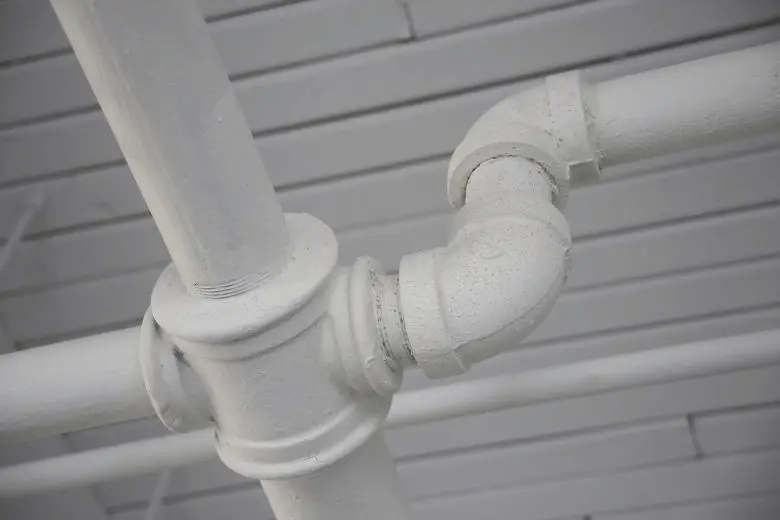
Source: Stockvault
If you’ve experienced issues like slow drains or strange odours, you might wonder if that’s because of your sewer vent pipe or not. Let’s learn more about it and other commonly asked questions about plumbing vent pipes:
1. How to Tell if Your Sewer Vent Pipe is Clogged?
Is your sewer vent pipe clogged? Here are some signs to look out for:
- Gurgling Drains: If you hear gurgling noises when using the sink or toilet, the vent could be blocked.
- Slow Draining Water: Water that takes forever to drain, especially in multiple fixtures, might point to vent problems.
- Foul Smells: Unpleasant odours coming from your drains often indicate a clogged vent pipe that’s not letting sewer gases escape properly.
If any of this sounds familiar, don’t panic. You’re not alone. It’s a common issue many homeowners face, and it’s fixable. If you need help unblocking drains, this guide might help: How to Unblock a Drain.
2. How Do You Clear a Sewer Vent Pipe?
If you think your sewer vent pipe is blocked, you can try a few things before calling in a plumber. Here’s how you can tackle it:
- Inspect the Vent: Start by finding the vent, which is usually on your roof. Be careful if you’re getting up there, or better yet, have someone with roofing experience do it.
- Flush It with Water: Use a garden hose to send water down the pipe and clear any debris. You might be surprised how often leaves or small animals can get in there.
- Call in the Pros: If you’re not sure or the problem doesn’t go away, it’s time to call a plumber. Venting issues can be tricky, and sometimes you’ll need professional help to fix them.
Don’t hesitate to get a professional to help clear a blocked sewer vent or even a blocked sewer pipe.
3. Can I Remove the Sewer Vent Pipe?
In short, no, you shouldn’t remove it. It’s a critical part of your plumbing system. Without it, you’ll face a bunch of problems—from slow drains to bad smells to even potential health risks.
If you’re planning to remodel or renovate your home, and you’re thinking about moving or altering the vent, it’s best to get advice from a professional plumber. They can ensure everything is up to code and works properly.
4. What Happens if You Don’t Have a Sewer Vent?
You might be wondering if you really need this vent pipe. Without it, your plumbing system won’t work like it’s supposed to. Here’s what could happen:
- Frequent Clogs: Your pipes could get blocked more often because air pressure isn’t balanced.
- Bad Odours: Without proper venting, you might have to deal with gross sewer smelly drains making their way into your home.
- Slow Drains: Water won’t drain as quickly, making everyday tasks like washing dishes or taking a shower a hassle.
Conclusion
Your sewer vent pipe might be out of sight and out of mind most of the time, but when things go wrong with it, the problems become hard to ignore.
Whether you’re dealing with slow drains, strange noises, or unpleasant odours, the vent pipe could be the hidden cause.
The good news is that with a little bit of investigation and some simple DIY steps, you can often clear the blockage yourself.
But if things get too complicated, don’t hesitate to reach out to Neighbourhood Plumbing service for help.
Getting your sewer vent pipe back in working order can save you from bigger plumbing headaches down the line, so don’t delay in fixing the problem once you spot it!
Contact us today!
About the Author
From unclogging the toughest drains to repairing leaking toilets, Ricky is a seasoned plumber who has brought his craftmanship to homes across Melbourne. He is passionate about sharing plumbing tips just as much as he is about fixing your plumbing issues. So, when your taps or pipes begin leaking, you know who to call.



